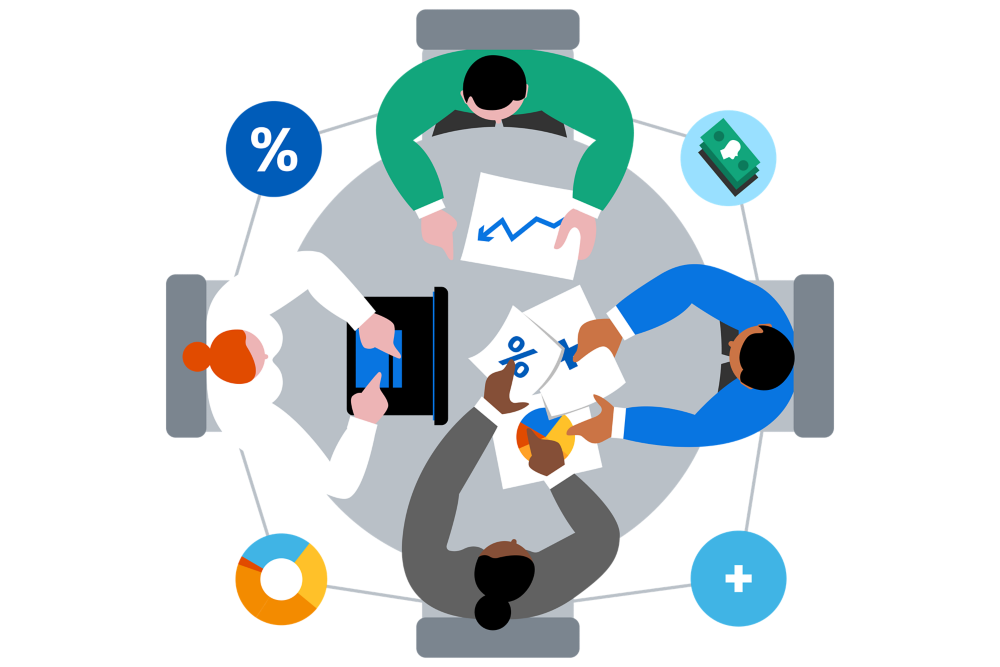
What is Project Planning?
Project planning is the organization of people, deadlines, methodology, and objectives to streamline the production of a good, product, or goal. In a development context, that means planning to create an effective, sustainable, and worthwhile project, from infrastructure to social services.
Project Planning Process
Effective project planning aims to properly document managerial elements needed for the successful completion of projects. Identifying primary aspects of project planning allows project management to control each stage of the project development and allows for the project timeline, roles, and responsibilities to be effectively designed and implemented.
Click on each step to learn more!
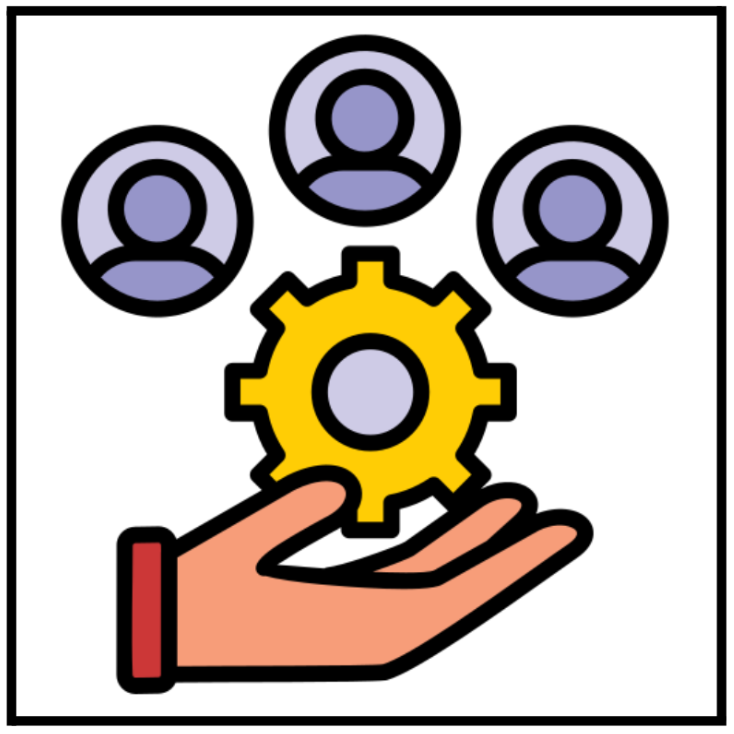


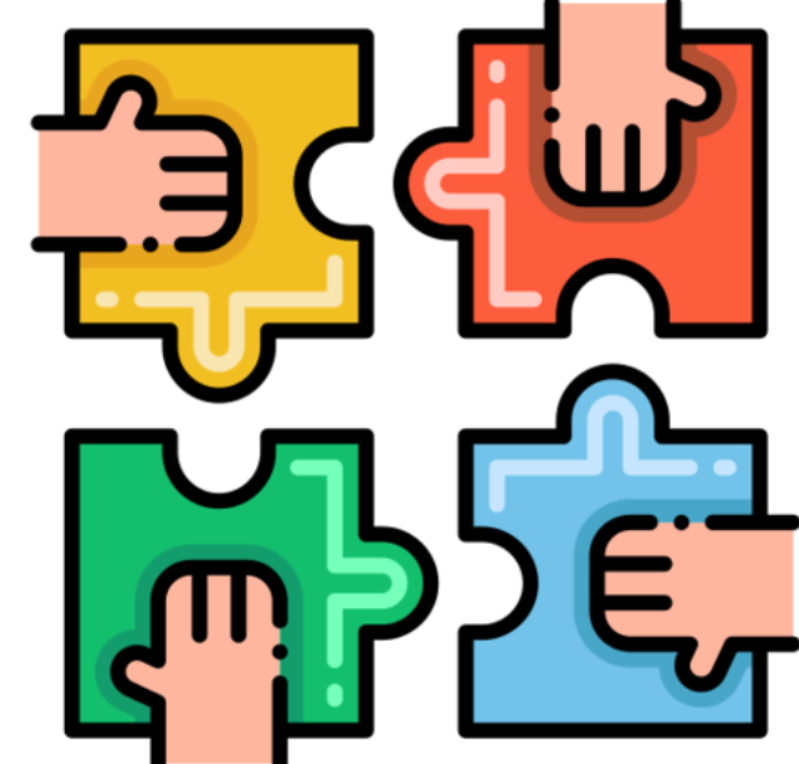


Project Management Frameworks
Project Management Frameworks are designed to assist an individual or team in managing and following the Project Planning Process. They dictate the manner in which a team or individual will meet the steps of the Project Planning Process. There are countless frameworks that fulfill this goal, however, every project has a framework that fits its anticipated outcomes best.
The layout visualized below categorizes Project Management Frameworks most applicable to Development Projects, allowing development practitioners to select the framework that best fits their project.
Scroll through each category to see the applicable frameworks.
Click on each framework to learn more



focuses on iterative progress and can be applied to shorter development cycles, making it suitable for short-term projects
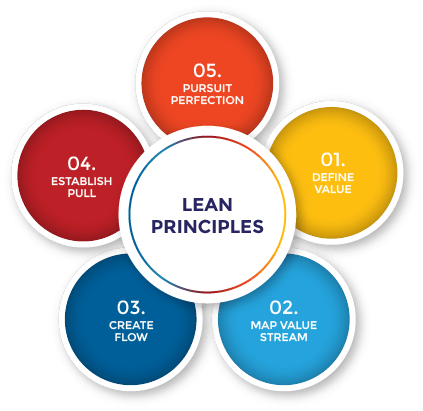
focuses on long-term efficiency and waste reduction, making it well-suited for ongoing, larger projects or continuous improvement

clearly defined sequence of execution with project phases that do not advance until a phase receives final approval
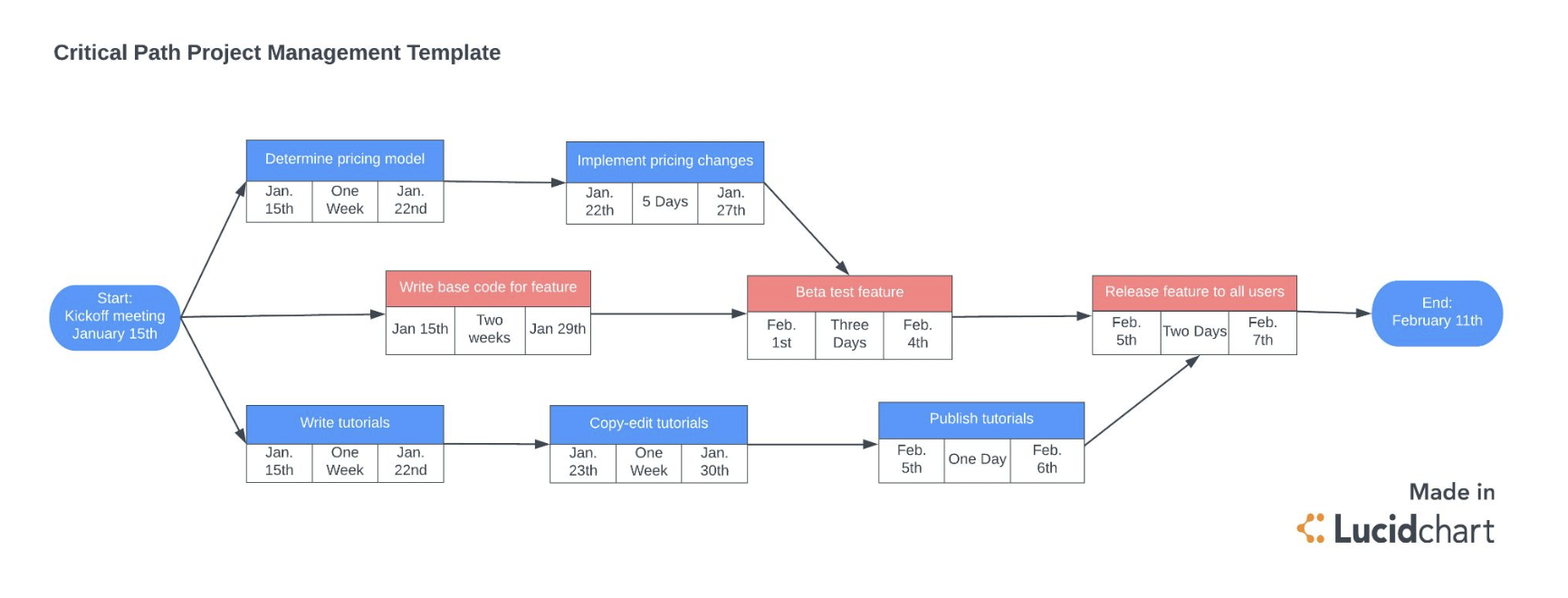
work map that outlines the process that multiple project teams undergo when reworking a feature


focuses on long-term efficiency and waste reduction, making it well-suited for ongoing, larger projects or continuous improvement

work map that outlines the process that multiple project teams undergo when reworking a feature
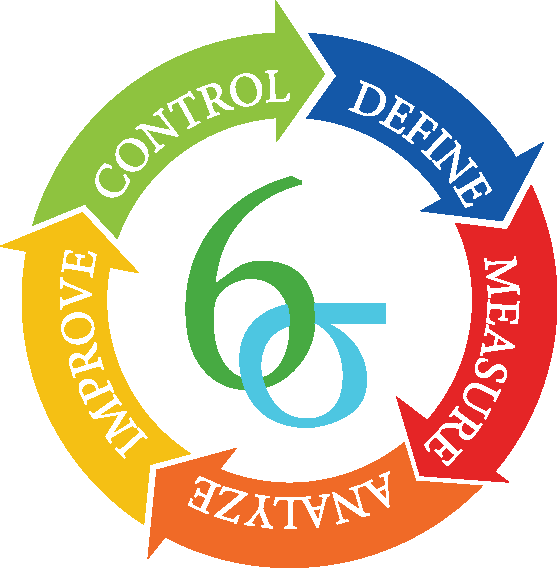
optimization and stabilization of different business processes and tools applied to shorter projects to resolve specific issues

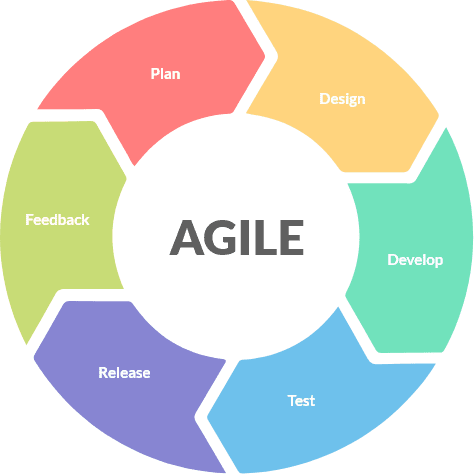
focuses on iterative progress and can be applied to shorter development cycles, making it suitable for short-term projects

visualizes the process a user goes through when using a specific tool, as well as outlining their thoughts on the process and each specific step they must take

semi-fictional characters that represent different areas of a target audience, user base or stakeholder group